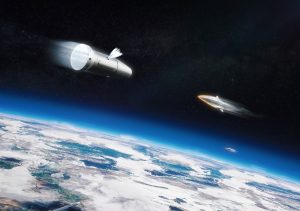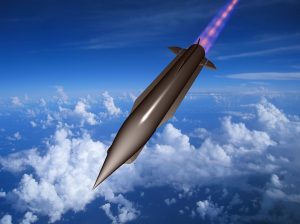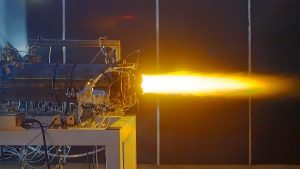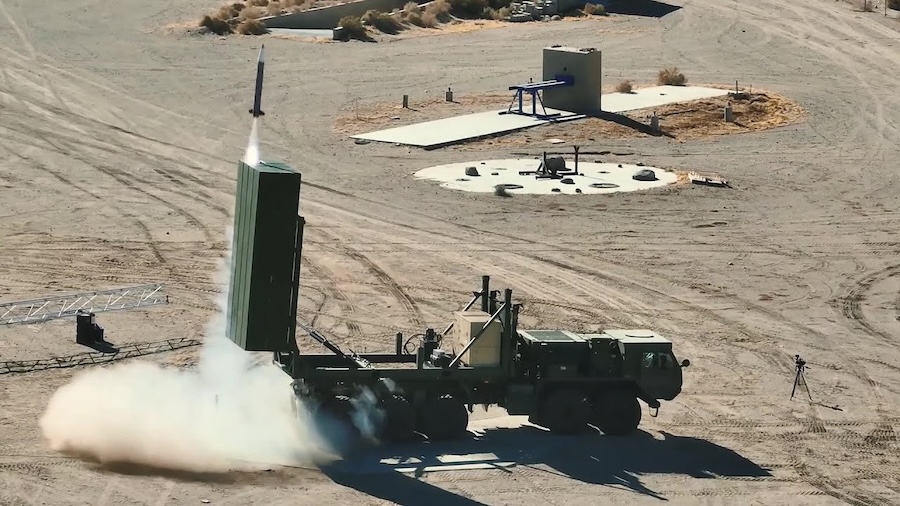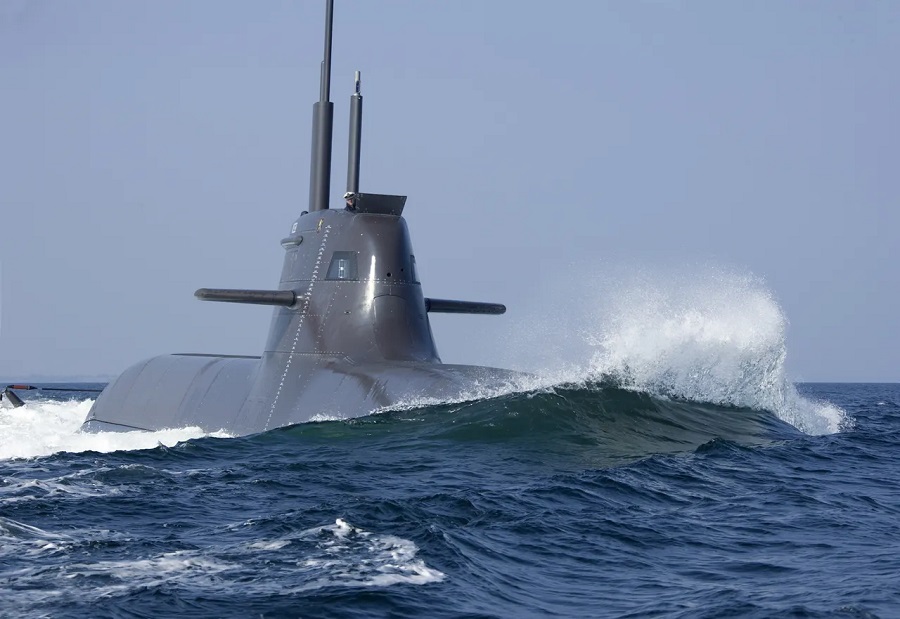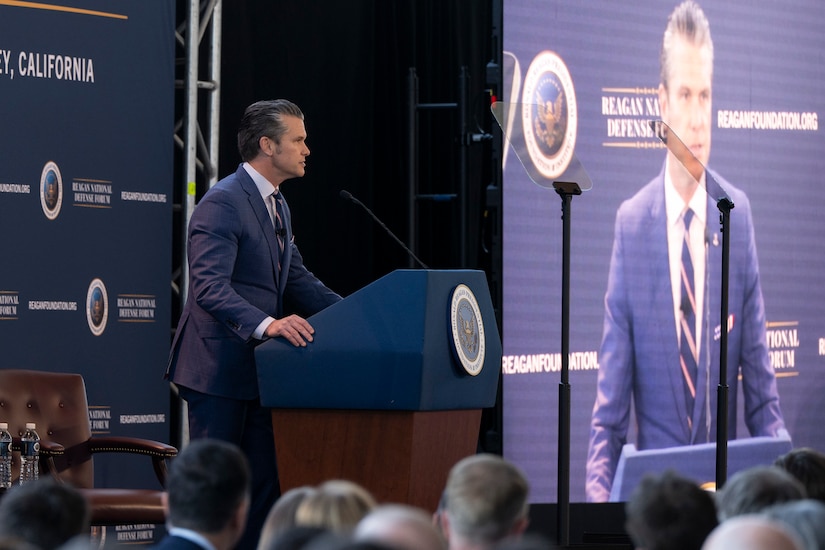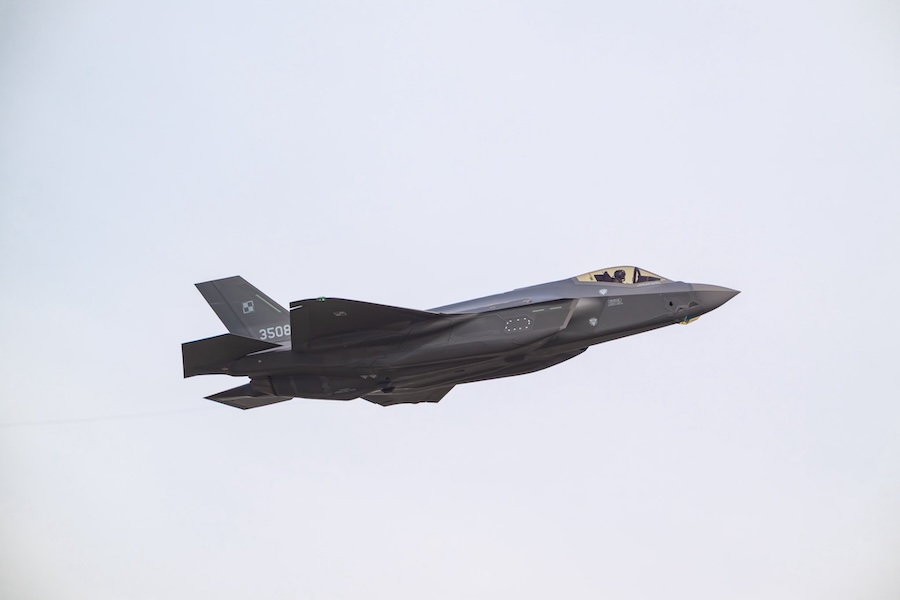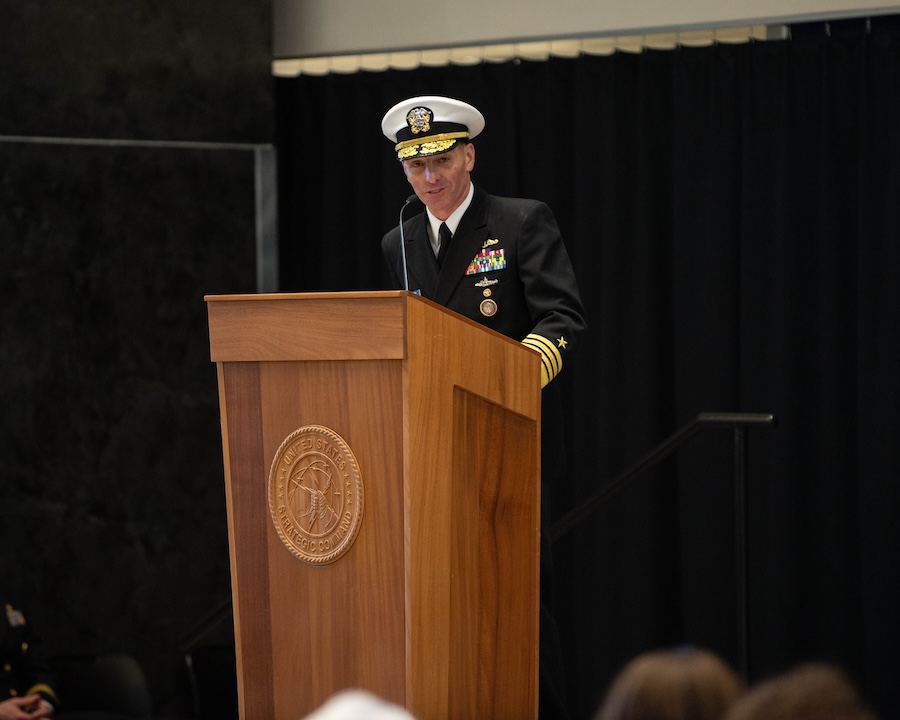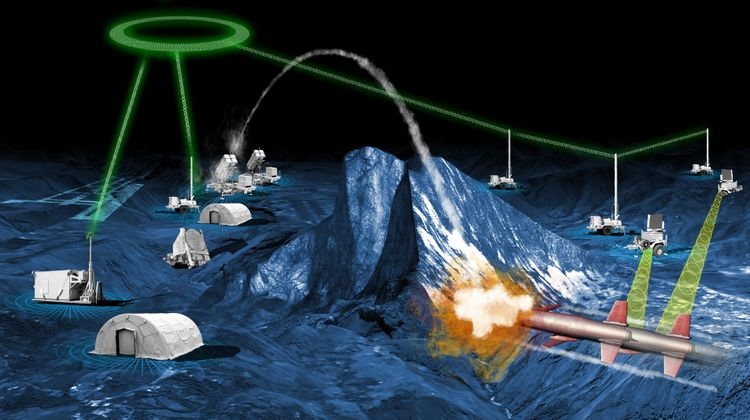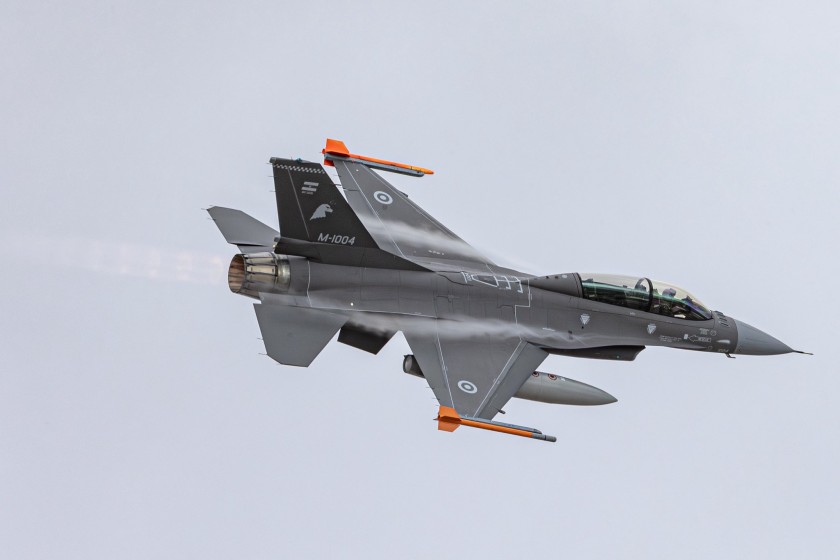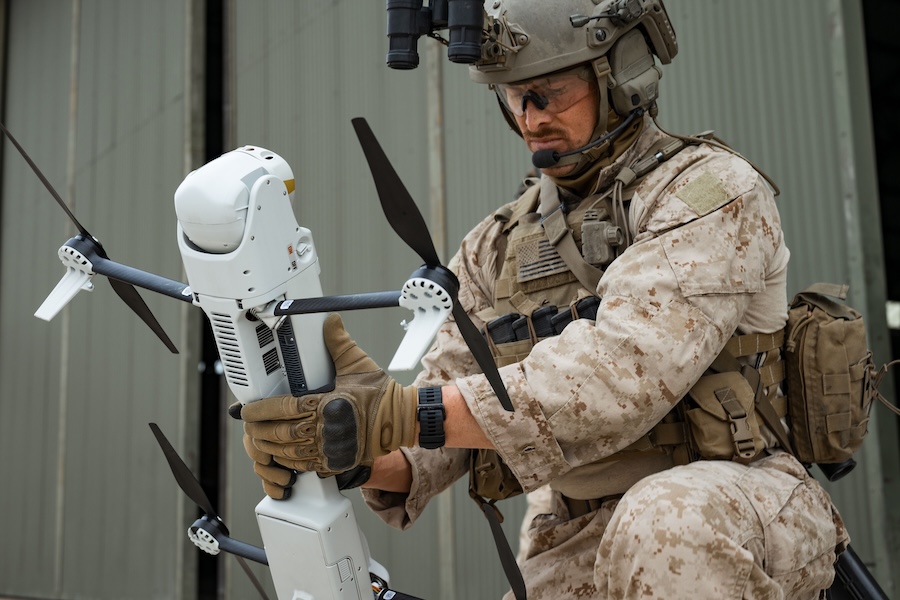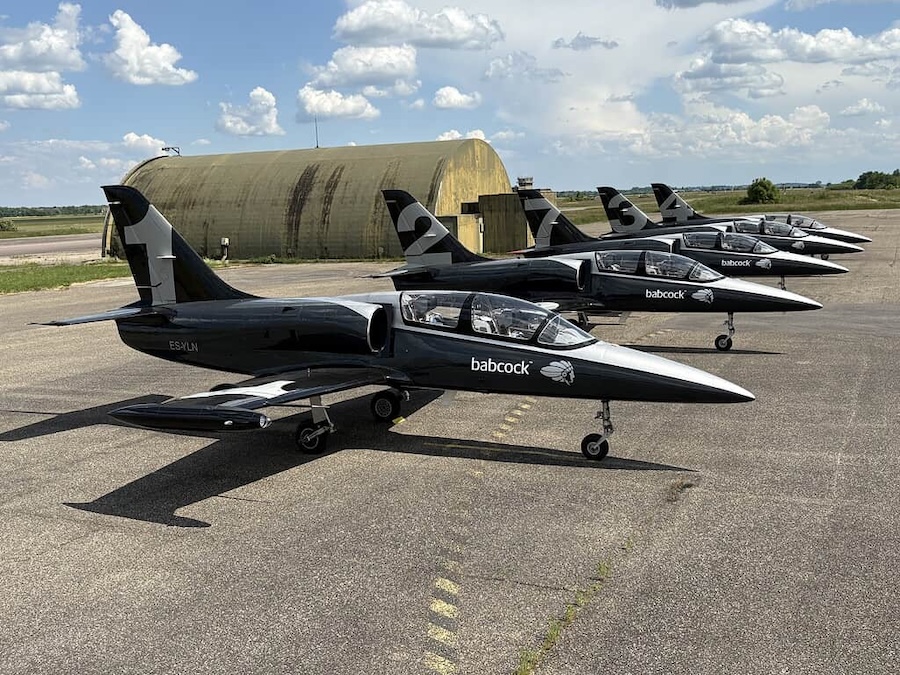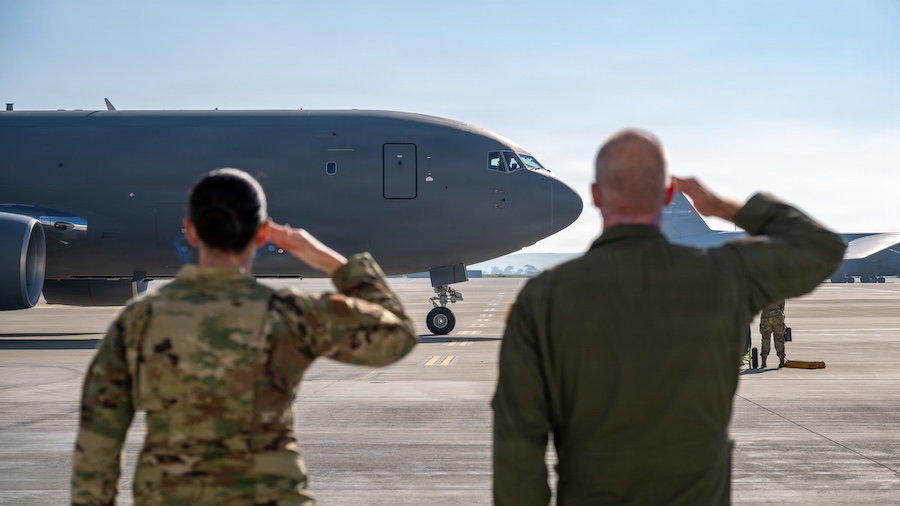The report explains that the Pentagon has been pursuing hypersonic technology since the early 2000s, focusing on manoeuvring missiles capable of speeds above Mach 5. These weapons come in two main forms: hypersonic glide vehicles, which are launched by rocket before skimming towards their targets, and hypersonic cruise missiles, propelled by high-speed air-breathing engines. Advocates say they could deliver rapid, long-range strikes against heavily defended or time-sensitive threats when other options are unavailable. Critics, however, argue that they lack clearly defined mission requirements, contribute little to overall deterrence, and may risk undermining global stability.
American designs differ significantly from those of Russia and China, both of which are believed to have deployed operational hypersonic glide vehicles, possibly with nuclear warheads. The United States intends to arm its systems with conventional payloads, which means they must achieve far greater accuracy and face more complex technical challenges than their nuclear-armed counterparts.
Current US programmes include the Navy’s Conventional Prompt Strike, the Army’s Long-Range Hypersonic Weapon, and the Air Force’s Hypersonic Attack Cruise Missile. While recent tests have produced several successes, the Department of Defense has yet to formally commit to full-scale production, indicating that acquisition decisions remain pending. Budget requests suggest shifting priorities: the Pentagon’s FY2026 proposal seeks $3.9 billion for hypersonic research, down from the previous year, while the Missile Defense Agency is increasing its funding request for hypersonic defence to $200.6 million.
The CRS report urges Congress to consider the rationale for deploying such weapons, the costs involved, and their implications for arms control and strategic stability. It raises concerns about the feasibility and expense of defending against hypersonics, given their speed, manoeuvrability, and low flight paths, which leave little time for detection and interception. Current US radar and satellite systems are ill-suited to track them, prompting investment in space-based sensors and new glide-phase interceptor technologies.
Testing infrastructure remains a key constraint. Despite recent investments in high-Mach wind tunnels and new trilateral agreements with Australia and the United Kingdom to share facilities and expertise, the availability of suitable test ranges and flight corridors is still limited, slowing development.
With Russia and China pressing ahead and the technology still maturing, the report depicts a moment of both urgency and uncertainty. For Congress, the central challenge is to decide not only how much to invest in hypersonic capability, but also whether these weapons should form a core part of America’s long-term strategic posture.






